A new research study from the University of Georgia suggests that the Joro spider tolerates cold better than its cousin, the golden silk spider. The researchers ran several experiments and measured the spider’s metabolism, heart rate, and tolerance for freezing temperatures. Currently, the Joro spider is only found in Georgia and South Carolina. Still, this new research suggests the spiders could start new colonies in colder regions like the northern East Coast. The golden silk spider has been in the United States for 150+ years and has not colonized the north, but could it be because they are less tolerant of cold temperatures? How did the Joro compare with the golden silk spider in the experiments? What other spiders live in the cooler northeastern states? Let’s find out.
What Is A Joro Spider?
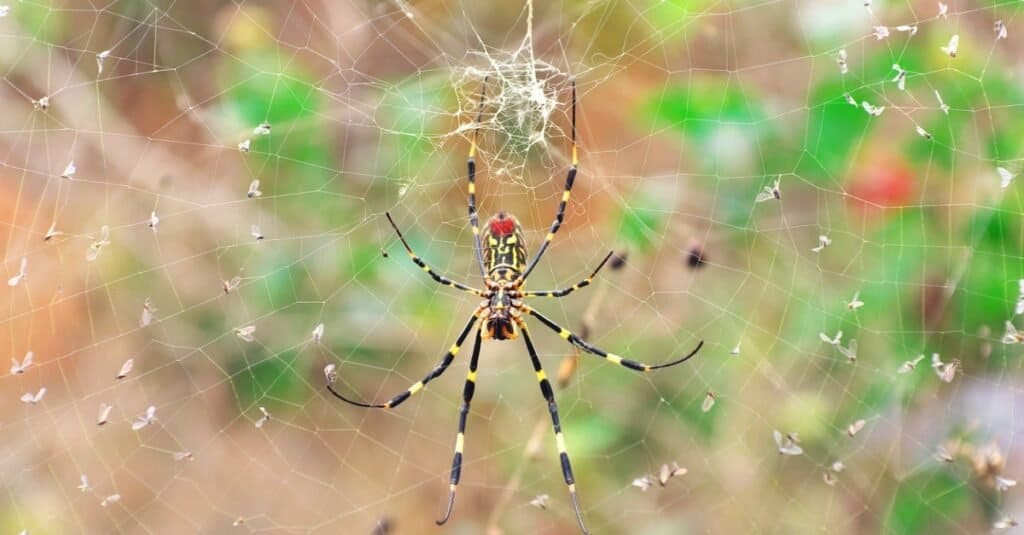
Joro Spiders are from Japan. A new study shows they can tolerate the cold better than golden silk spiders.
©bozmp/Shutterstock.com
The Joro spider (Trichonephila clavata) is a spider from Japan that has recently made its way to the United States. It probably came over as a stowaway on shipping containers. It was first identified in Georgia in 2014 and has since spread across much of Georgia and into South Carolina.
Joro spiders are large spiders, growing to be about an inch long, with a leg span of 3-4 inches. They are also very colorful, with a mix of yellow and red markings on their black bodies and long skinny striped legs. Male Joro spiders are a bit smaller and are not colorful; they are brown with dark brown markings. They are orb-weaving spiders and spin enormous golden webs in a spherical shape, some reaching 10 feet wide!
What Is A Golden Silk Spider?
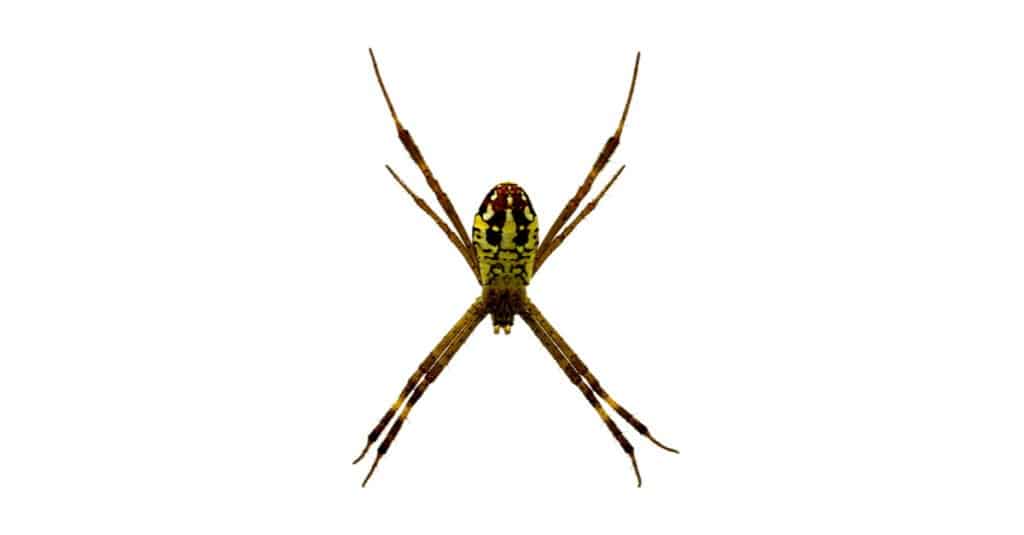
Golden silk spiders are larger than Joro spiders but less tolerant to cold temperatures.
©Chalermchai Chamnanyon/Shutterstock.com
Golden silk spiders ((Trichonephila clavipes) are sometimes called golden orb-weavers or banana spiders. They are larger than Joro spiders and can grow to be 1.5-2 inches with a leg span of 4-5 inches. Their coloration is similar to that of the Joro, but they do not have red markings. The males are significantly smaller and are not as yellow. Golden silk spiders also weave large golden-colored webs.
What Did We Learn From The Experiment?
Researchers ran a few different experiments, including exposing spiders to below-freezing temperatures for two minutes and recording their vitals. Here is what they found:
1. Joro spiders have a higher metabolism than golden silk spiders, with their metabolism being twice as high.
2. The heart rates of the Joro spiders were higher than that of the golden silks when exposed to cold temperatures. In fact, their heart rates were 77% higher.
3. The Joro spiders were better able to survive a brief freeze of two minutes below 32°. 74% of the Joro spiders tested survived, whereas only 50% of the golden silks survived.
Another interesting fact that the researchers pointed out is that the life cycle of the Joro spider is shorter, which makes it easier for it to complete its cycle in the window of suitable weather.
How Do Spiders Make It Through The Winter?
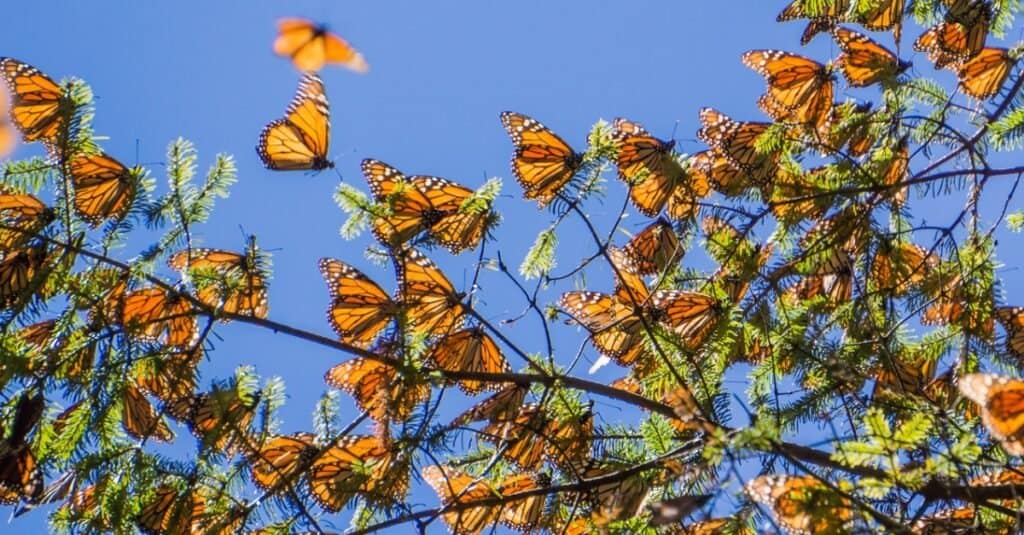
Monarch butterflies migrate every season to avoid the cold winters.
©iStock.com/JHVEPhoto
Insects are cold-blooded, so their internal temperature matches their environment. So, how do insects survive when temperatures get too cold? There is a variety of ways that insects make it through winter:
- Migrating: Some insects relocate to areas where the weather is warmer. Monarch butterflies are a very predicable migrating insect.
- Overwintering: Insects can overwinter in a variety of states, as larvae, nymphs, eggs or pupae. Many of those that overwinter will emerge in the spring and continue to grow into adults.
- Hibernating: There are quite a few insects that can hibernate. Ladybugs and large wasps can find cover and hibernate through the winter. Honeybees huddle together in their hives during winter months.
How Do Joro Spiders Make It Through The Winter?
Joro spiders overwinter as egg sacs. They have a shorter life cycle than that of the golden silk spiders. Joro spiders emerge from their egg sac (400-500 per sac) in the spring and then balloon to new locations to start their new life. They continue growing and reach adult size late summer early fall. They mate in the fall with the females, laying several egg sacs that will overwinter until spring. The males and females die in early winter. The cycle then repeats itself with the new generation in the spring. Species that have one generation a year are called univoltine.
What Other Spiders Survive Cold Temperatures?
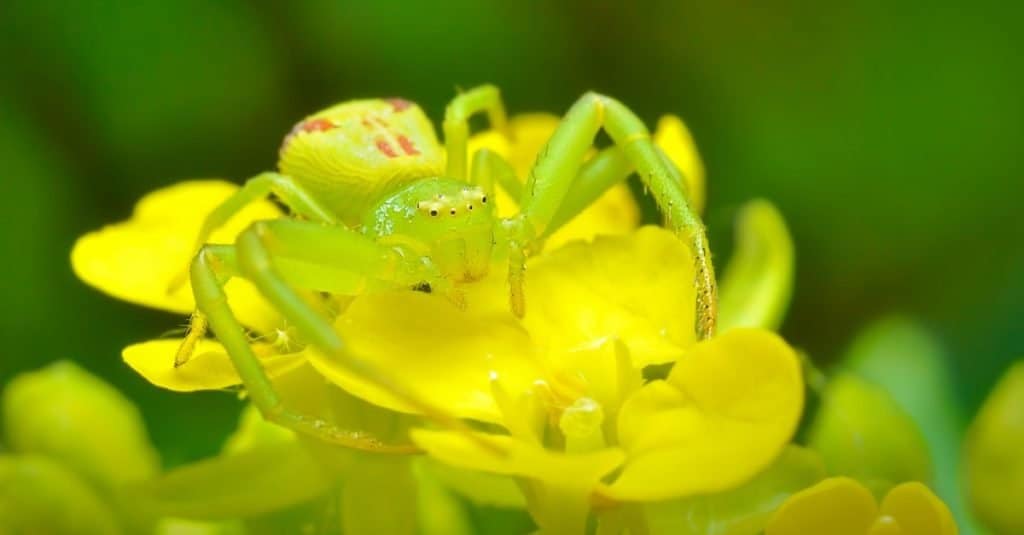
Goldenrod crab spiders can change color to match the flowers they are on.
©Iurochkin Alexandr/Shutterstock.com
- Giant Lichen Orb-weaver: These spiders already live all along the East Coast, all the way up to Maine and into Canada. They have not made their way to the western states in the United States. Giant lichens are about an inch long with a heavy abdomen. Their legs are orange and black banded. They too spin large webs with some as big as 8 feet wide. A fun fact is that they like to hang out at the edge of their webs vs the center like most spiders.
- Sixspotted Orb-weaver: Sixspotted orb-weavers have been found in some of the coldest states in the United States like Maine, Minnesota, and parts of Canada. They are much smaller spiders, just 4-8mm (0.16-0.31 inches). As you may have already guessed, they have six spots on their back; three on either side. Some are yellow, and others are white or cream in color. They spin webs, but the webs are not nearly as large as those of most orb-weavers. Their webs are only 3-4 inches in diameter, and the spiders hang down from the center.
- Goldenrod crab spider: Goldenrod crab spiders are found all over North America. They are very small, about a quarter-inch to a half-inch. Their front arms stick out to the side, looking like crabs, which is how they got their name. They can also change color to camouflage themselves, matching the color of the flowers they like to spend time on, including turning a bright yellow. Sometimes, they are called the Smooth Flower Crab Spider.
What Spider Has Survived The Most Winters?
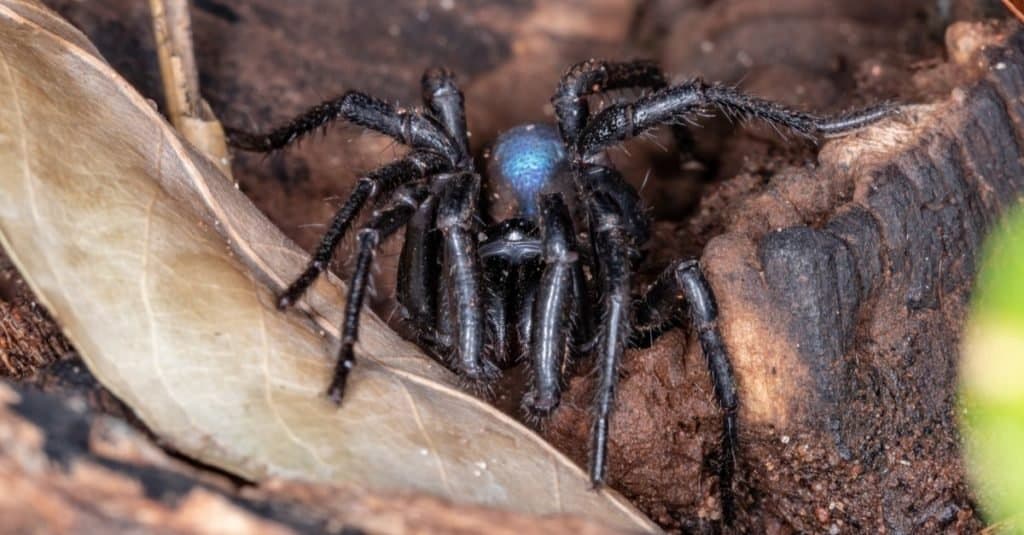
Trapdoor spiders live an average of 5-20 years, but one in Australia is documented to have lived to be 43 years old!
©Vinicius R. Souza/Shutterstock.com
Of course, there are some places in the world where winters are very mild, not getting below 50°. This makes surviving the winter obsolete. The spider on record that has lived the longest is a trapdoor spider from Tammin in southwestern Australia. This female spider was nicknamed “Number 16” and was documented by arachnologist Barbara York Main. The Guinness World Records has her as being 43 years old!
The photo featured at the top of this post is © Richard Sailors/Shutterstock.com
Thank you for reading! Have some feedback for us? Contact the AZ Animals editorial team.







